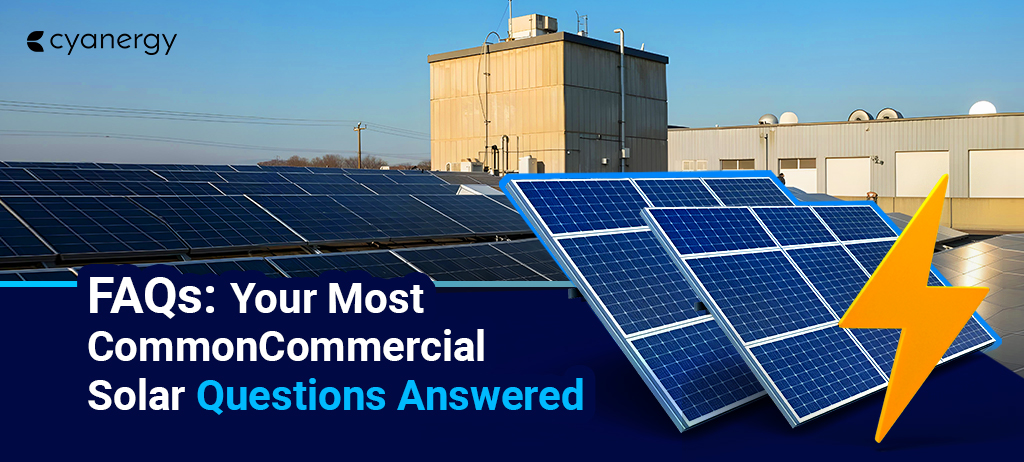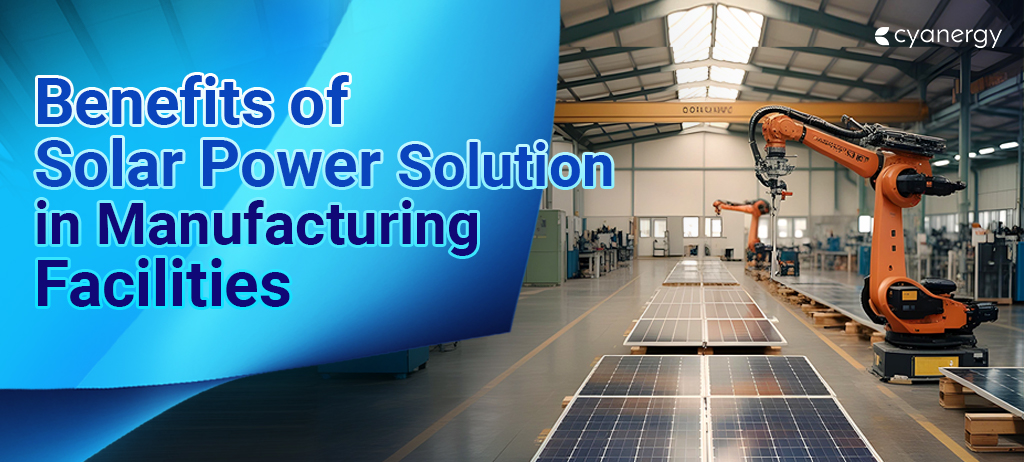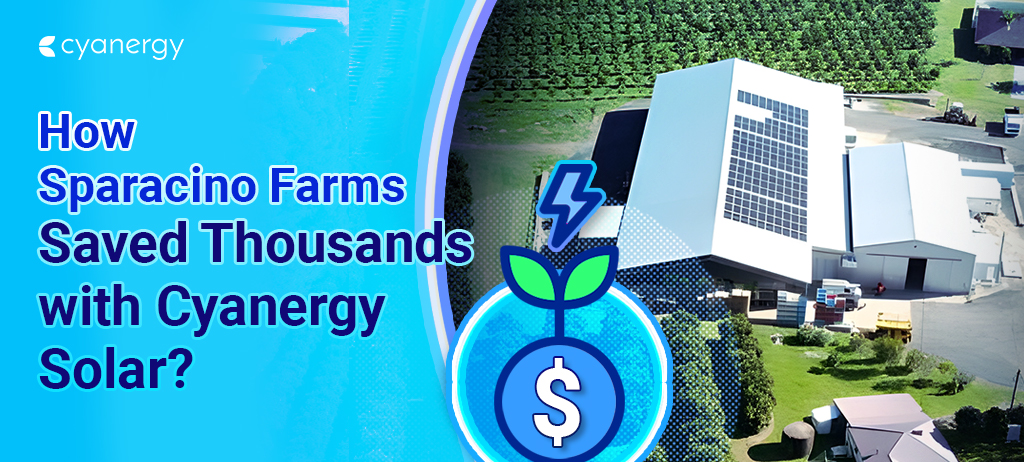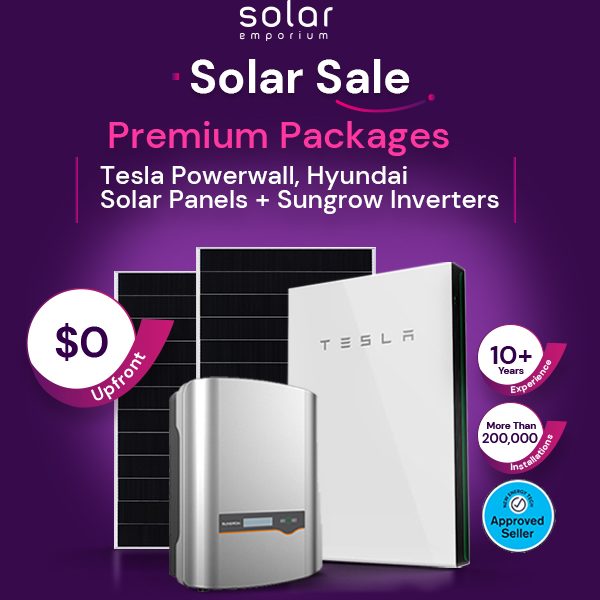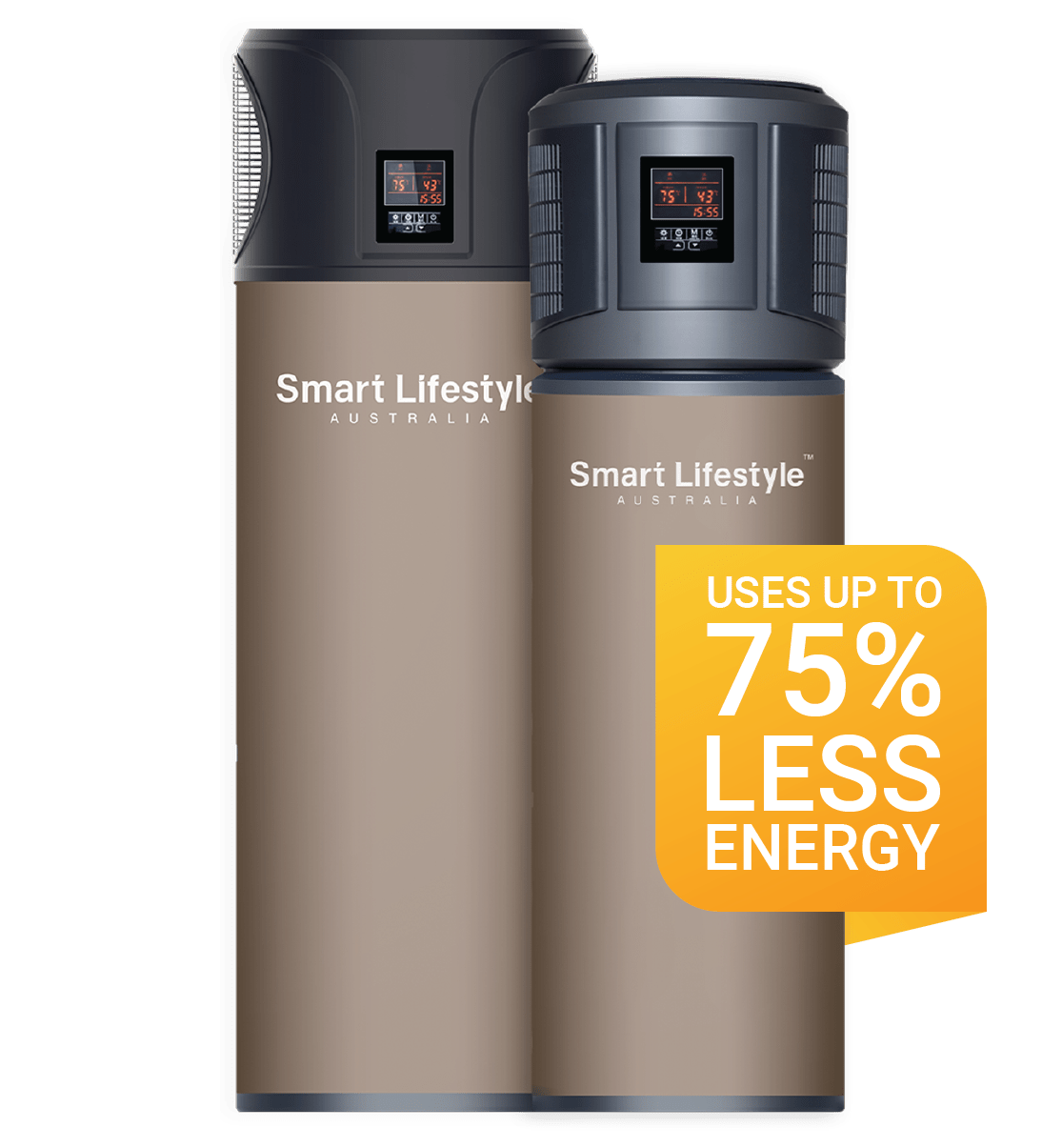Recently, as energy prices rise and environmental concern intensifies, Australians are increasingly opting for off-grid solutions.
But have you ever wondered what that means exactly?
Going off-grid refers to living independently from the main electricity grid by generating and storing your own power. This power is typically produced from renewable energy sources, such as solar or wind.
However, if you are looking forward to starting to live off the grid in Australia, sorting through different options for power generation is extremely important.
Many stand-alone systems can generate energy for your household that is entirely green, sustainable, and carbon emission-free.
Although all these energy generation options may seem attractive, you will need to make a proper decision to choose the one that is most suitable for your house, considering all the other aspects.
Therefore, this article aims to guide you through the process. Here, we’ll explore how to generate power off-grid, the key components needed, and how companies like Cyanergy are helping Australians transition to off-grid living.
In this blog post:
- Australia’s Key Renewable Sources for Off‑Grid Power
- Why Go Off‑Grid in Australia? | Is It Right For You?
- How to Generate Power Off-Grid in Australia: 5 Simple Steps to Follow!
- Can You Get Rebates for Off-Grid Solar? | Costs & Government Support!
- Cyanergy’s Approach to Designing Off-Grid Solar Systems in Australia
- Act Fast! The Rebate Ends in 2030!
Australia’s Key Renewable Sources for Off‑Grid Power
Off-grid energy solutions in Australia generally depend on a combination of solar, wind, and hydro sources. However, the energy mix depends on resource availability, geography, climate, and energy demand of those areas.
For example, solar energy is the most widely used renewable energy source in Australia, due to the country’s abundant sunshine. With an average of around 58 million PJ annually, Australia boasts the highest solar radiation levels in the world.
As a result, solar panels combined with battery storage systems have become the cornerstone of many off-grid installations, particularly in remote locations and rural communities.
These systems are often supplemented with wind or micro-hydro power depending on local conditions, ensuring a reliable power and sustainable energy supply year-round.
So, here are the most common forms of Renewable Energy Sources for Off-Grid Living in Australia:
Solar Photovoltaics (PV)
Solar power is by far the most popular off-grid energy source in Australia. With over 300 sunny days a year in many regions, the potential for solar PV is enormous.
What are the benefits of Solar Energy?
- Solar power is abundant and renewable.
- Requires less maintenance than other energy sources.
- Solar PV systems are scalable, allowing you to add more panels as your energy needs increase easily.
- With rebates and falling panel costs, solar is a cost-effective solution, offering a faster ROI than ever.
- Unlike generators, solar panel systems make no noise, ensuring silent operation.
Solar Panels & Battery Storage: Bridging the Gap in Renewable Energy Systems!
Undoubtedly, solar is an excellent choice to generate power off-grid, but what happens when the sun goes down?
We all know Solar only works when the sun is shining; therefore, adding battery storage can improve the system, ensuring uninterrupted power for off-grid systems.
Solar Battery Benefits:
- Ensure a 24/7 power supply by storing excess energy during peak sun hours and using it at night.
- Reduce dependence on weather conditions, whether it is a cloudy day or a snowy winter morning.
- Modern batteries can optimize energy usage and switch sources automatically.
- Offer Long-term Savings, which means higher upfront costs, but long-term efficiency.
Wind Power
Wind energy is an excellent complement to solar energy, especially in coastal regions. In this energy generation process, the turbines are powered by the kinetic energy of moving air, which turns the blades connected to a rotor.
The rotor then spins a generator, converting mechanical energy into electrical energy, which is then used to power homes and businesses.
Let’s see the benefits of wind energy:
- It can generate electricity day and night, as long as the wind is blowing.
- Effective in areas where wind speeds are consistently high, such as coastal zones or mountain ridges
- Tower-based systems require minimal ground space.
Are there any issues?
- Wind power has some visual and noise concerns.
- It’s not viable in all locations like solar, and a bit challenging to manage.
Micro‑Hydro
As the name suggests, the micro hydroelectricity generation system requires water, specifically a steady flow or stream of water.
Using the kinetic force of a water stream, a micro hydro system can produce electricity to power any off-grid residential property.
These off-grid systems are usually the most cost-effective solution for any off-grid home, but with that comes some challenges as well. It’s a high-maintenance system that requires considerable attention.
Additionally, this is the most cost-efficient green energy source that can operate 24/7 if appropriately designed. Many commercial power plants operate on hydroelectricity, utilizing a massive water stream, whether man-made or natural.
The impact of the high-pressure water on these cups rotates an alternator, which produces energy. Then the batteries are typically charged by the alternator.
Therefore, if you live near a reliable flowing water source, micro-hydro can be a powerful and consistent energy source.
Advantages of micro hydro power generation
- Unlike solar or wind energy, hydroelectric power can generate electricity 24/7.
- Once installed, systems can last decades with proper upkeep.
What Considerations are Needed?
- Requires year-round water flow.
- This system has a complex installation process and may require obtaining environmental permits and other necessary approvals.
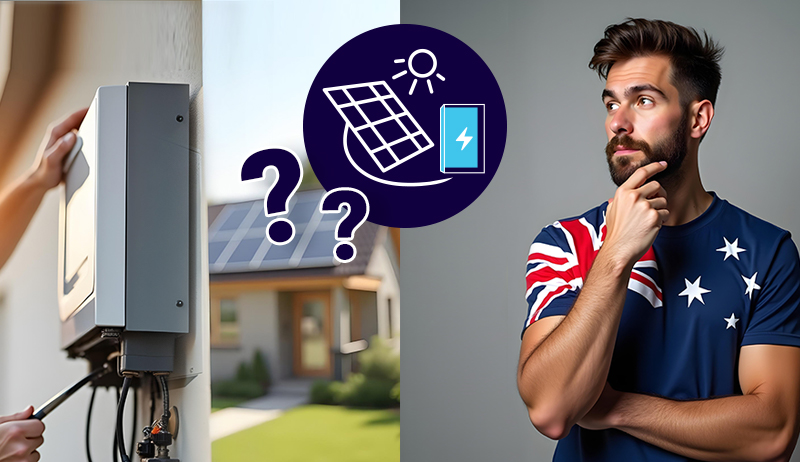
Why Go Off‑Grid in Australia? | Is It Right For You?
In Australia, the renewable energy revolution isn’t just about large-scale solar farms; it’s about empowering homes, farms, and remote communities to operate efficiently with off-grid living.
As 2025 unfolds, a bold shift toward energy independence is transforming the nation’s energy landscape.
With over 4 million rooftop solar systems installed and one in three homes now equipped with solar panels, Australia is already brimming with off-grid potential.
But why is going off-grid in Australia more than just a choice? Why is it a powerful step toward energy freedom, cost savings, and a brighter, sustainable future? Let’s find out!
So, here are the reasons why more Aussies are going off-grid in 2025:
- Rising Electricity Costs
Over the past few years, electricity prices have been increasing dramatically, particularly in Australian rural and regional areas.
Therefore, people find it an effective solution to live off the grid, which ultimately helps them to escape excessive energy bills and avoid power disruptions during bushfires, storms, or unexpected grid outages.
- Environmental Benefits &Sustainability Goals
Transitioning to off-grid systems means cutting carbon footprint while supporting Australia’s renewable energy targets.
With renewables supplying nearly 46% of electricity during late 2024 and early 2025, the country has significantly reduced its reliance on fossil fuels, thereby gradually achieving the goal of reaching net-zero emissions by 2050.
- Unreliable Grid Access
Many remote communities experience frequent blackouts or have no access to the grid at all.
In these areas, the grid isn’t just unreliable, it’s unsustainable, with residents facing nearly 70 hours of power outages annually. Between 2020 and 2024, quotes for full off-grid solar installations surged by over 1547%.
However, this spike has been driven by rising electricity prices and connection issues across regions like southeast Queensland, New South Wales, and Victoria.
- Government Incentives & Rebates for Living Off the Grid
Besides the local people and utility companies, the Australian government has introduced attractive rebates and subsidies to make off-grid living more accessible.
These rebates on solar energy and battery storage, shared community projects, and energy efficiency schemes lower the upfront cost, ensuring energy freedom for all groups of people in society.
- Energy Independence & Energy Security
Want complete control over your energy production, usage, and storage?
Living off the grid can be your ultimate solution, leading to greater resilience, lower long-term costs, and freedom from rising electricity prices and unpredictable outages.
With renewable energy sources like solar paired with battery storage, you can now generate, store, and manage your power anytime, anywhere, without relying on the grid.
What are the Main Components Needed for Going Off-Grid?
Whether you’re in a rural property or simply seeking independence from volatile energy markets, off-grid systems put you in complete control of your energy future.
But how to generate power off-grid? Which components are needed for an off-grid setup?
Key Components Include:
- Solar Panels: To capture sunlight and convert it into electricity.
- Battery Storage: To store excess energy for nighttime or cloudy days.
- Inverter: To convert DC electricity into AC, which powers most home appliances.
- Charge Controller: Manages power going to the batteries to avoid overcharging.
- Alternative Power Sources: Typically, a diesel or petrol-powered system, such as a generator (backup power), is used for emergency needs.
- Monitoring System: Lets you track usage, battery levels, and system health.
How to Generate Power Off-Grid in Australia: 5 Simple Steps to Follow!
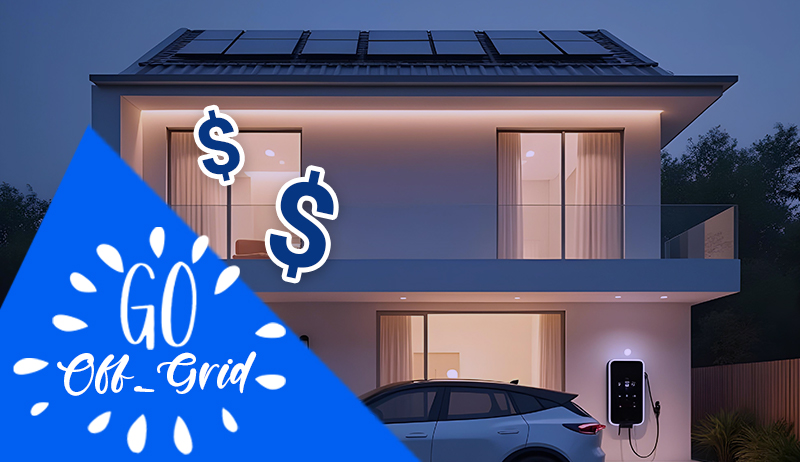
Well, creating a reliable off-grid energy system involves more than just installing a few solar panels. It requires a well-planned setup that can meet your household’s power needs day and night, regardless of the weather.
Here is how you can set up your off-grid solar panel system in Australia:
- Install Solar Panels
- Mount solar panels in a location with maximum sun exposure.
- The panels convert sunlight into direct current (DC) electricity.
- Connect to a Charge Controller
- The electricity from the panels flows through a charge controller.
- This device regulates the voltage and current to charge your battery bank safely, preventing overcharging.
- Store Extra Power in Batteries
- The charge controller sends electricity to your battery storage.
- Batteries store the energy for use when the sun isn’t shining, such as at night or during cloudy days.
- Power Appliances via an Inverter
- Once batteries are charged, excess solar power flows through an inverter charger.
- The inverter converts DC power into alternating current (AC), which most household appliances use.
- Use Electricity Anytime
- Your home appliances draw power either directly from the solar system or from the charged batteries.
- This allows you to stay powered even when you are completely off the grid.
Can You Get Rebates for Off-Grid Solar? | Costs & Government Support!
If you are someone who believes in spending smart, saving more, understanding the costs, and available government support for off-grid solar is crucial. It can help you make informed decisions.
It ensures you get the best value while powering your home sustainably. So, here are some available rebates:
- Small-scale Renewable Energy Scheme (SRES)
- State-level rebates
- New South Wales: Offers $1,600–$2,400 battery rebates, plus $250–$400 for Virtual Power Plant (VPP) connection.
- Queensland: Previously offered $3,000 rebate for batteries and solar for eligible households; similar loans have been issued in the ACT and Victoria, with rebates up to $3,500, including loans.
- New Federal Cheaper Home Batteries Program (starting from July 1, 2025)
Off‑grid solar installations qualify for Small‑scale Technology Certificates (STCs) under the SRES. These function like rebates, reducing upfront costs by typically 25–30%.
While state programs mostly target grid-tied systems, some offer battery rebates or loans that may also apply to off-grid users. For example:
This program expands the SRES to include battery systems, offering up to 30% off battery costs, or up to $372 (AUD) per usable kWh of storage, with a limit of 50 kWh in length.
Off-grid homes are eligible, provided they are located more than 1 km from the grid or the connection would cost over $30,000.
Cyanergy’s Approach to Designing Off-Grid Solar Systems in Australia
No matter where you are, whether in rural areas or aiming to live an energy-independent lifestyle, Cyanergy can be your trusted Australian renewable energy provider, known for its custom off-grid solar designs.
Our process includes:
- Free energy consultations to assess your property and goals.
- Tailored system designs based on your location, power usage, and budget.
- Top-tier components, including Tier-1 solar panels and industry-leading batteries.
- Remote monitoring setup to track system health and performance.
- End-to-end service including paperwork for rebates, permits, and maintenance plans.
- Offer after-sales support.
We understand that every household is unique, which is why we don’t just sell systems; we build energy independence tailored to your specific needs.
Act Fast! The Rebate Ends in 2030!
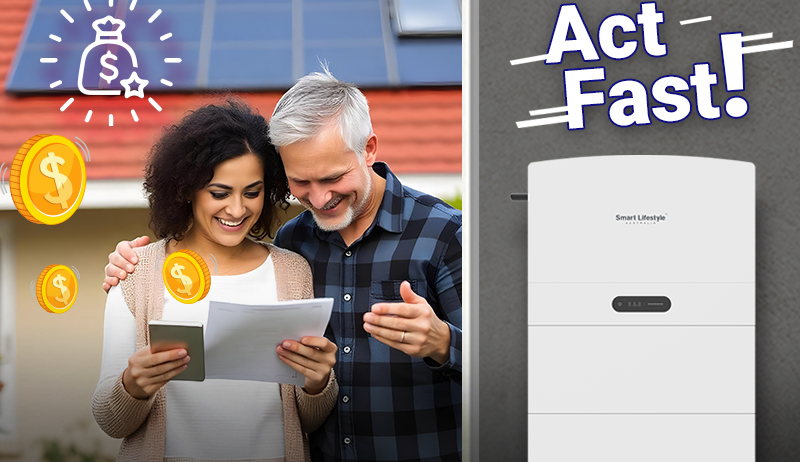
Keep in mind that the value of rebates decreases annually as we approach the phase-out deadline. So, now is the best time to install and claim the maximum benefits.
However, Cyanergy has a good reputation as a trusted partner on the journey towards cleaner and affordable energy. We offer a wide range of solar products to help you select the right one for your specific needs.
So what are you waiting for? Contact us for a free off-grid consultation today!
